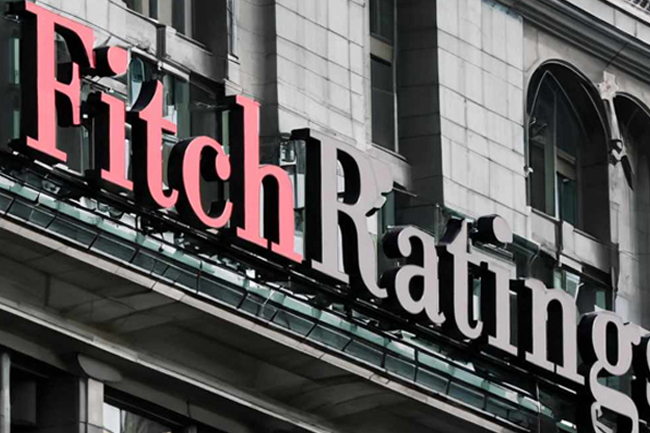Major currencies strengthen against US Dollar despite tariff hikes, says Fitch
April 9, 2025 09:13 am
Despite a significant rise in US tariffs, most major global currencies have appreciated against the US dollar since the start of the year, according to Fitch Ratings’ latest FX Market Monitor.
Fitch notes that developed market currencies—excluding the Australian dollar—have risen by an unweighted average of 4.5% since the end of 2024. Analysts believe that market concerns over the potential negative impact of higher tariffs on US economic growth have outweighed the expected narrowing of the US trade deficit, leading to a weaker dollar.
Emerging market currencies have shown more mixed trends. The Russian rouble has surged by around 30%, while the Brazilian real and Polish zloty have also posted strong gains. In contrast, the Turkish lira and Indonesian rupiah have continued to weaken.
Fitch Ratings adds “since January 2023, the yen has depreciated by 12% against the US dollar, while the euro and the Swiss franc have strengthened (by 2.7% and 7%, respectively). Among emerging markets, the number of Turkish lira per dollar has broadly doubled, while the Korean won and rupiah have depreciated by 15% and 7.5%, respectively.”
The US dollar’s Nominal Effective Exchange Rate (NEER)—which reflects trade-weighted averages of bilateral exchange rates—remains near a multi-decade high, despite the greenback’s recent weakness. The NEER appreciated steadily from 2015 to 2024.
Switzerland’s NEER is at an all-time high, while the euro area’s NEER has declined slightly from its peak in mid-2024. In contrast, Japan and the UK have seen their NEERs fall significantly compared to 2000—by 26.5% and 15.8%, respectively. Among Fitch’s 20 emerging market economies, only China and Poland have recorded NEER appreciation since 2000.
On a price-adjusted basis, Real Effective Exchange Rates (REERs) offer a more stable view. Japan’s REER, based on consumer prices, has declined by over 55% since 2000, while the UK’s has dropped by more than 17%. Switzerland’s REER has steadily climbed, and euro area REERs have fallen moderately since the global financial crisis.
Poland’s REER has increased by about a third, while China’s has increased by 24% since 2000, notwithstanding the decrease since early 2022 related to deflationary pressures in the Chinese economy, the statement added.












